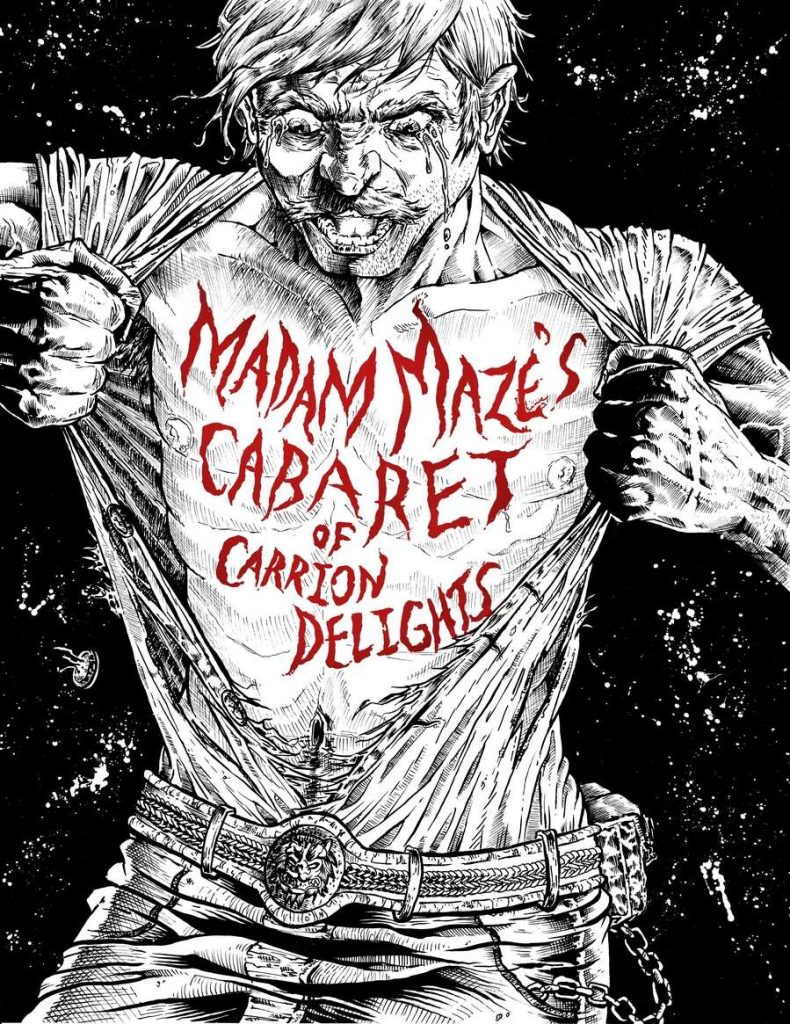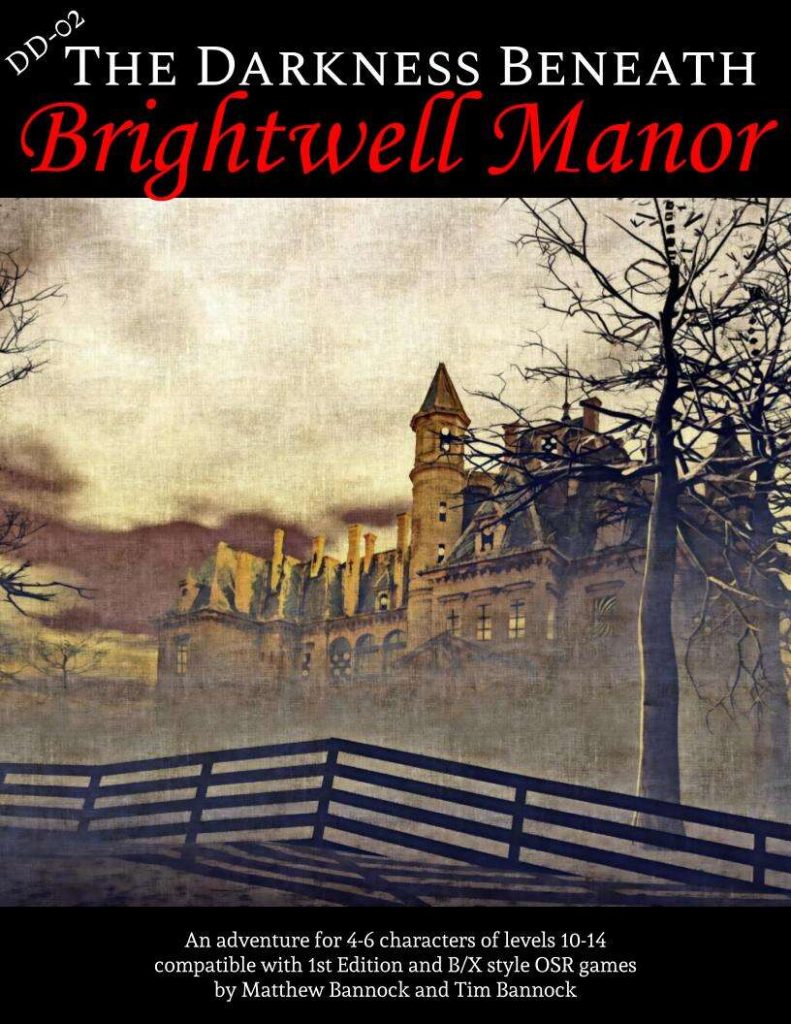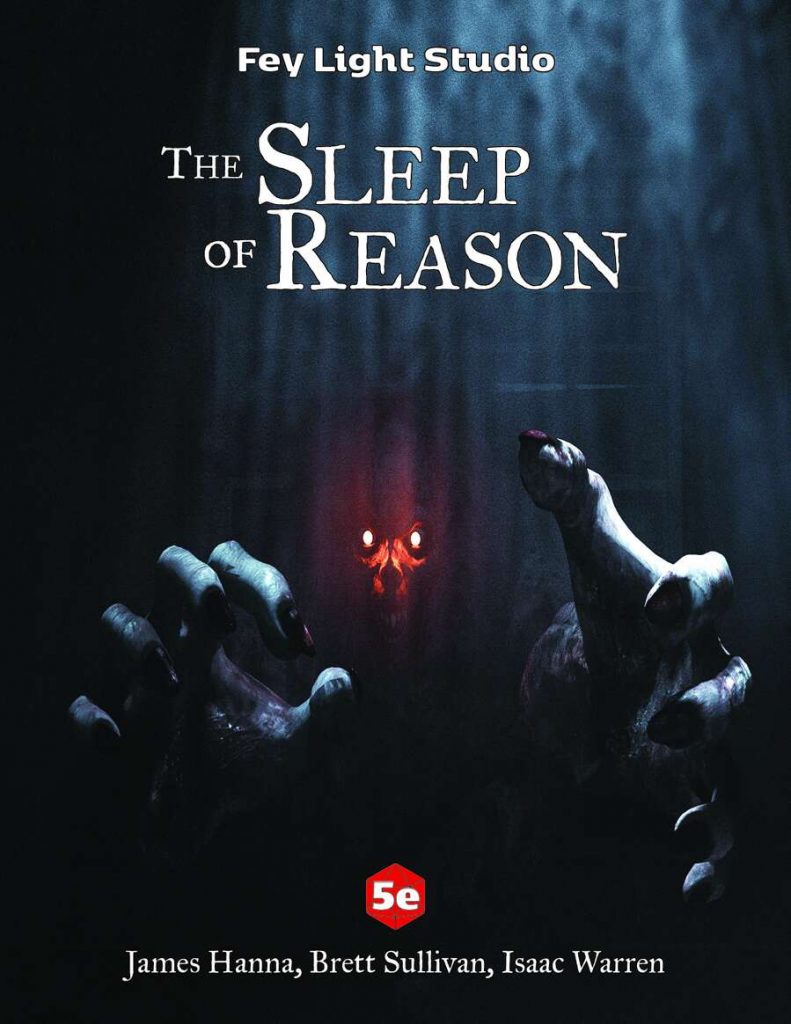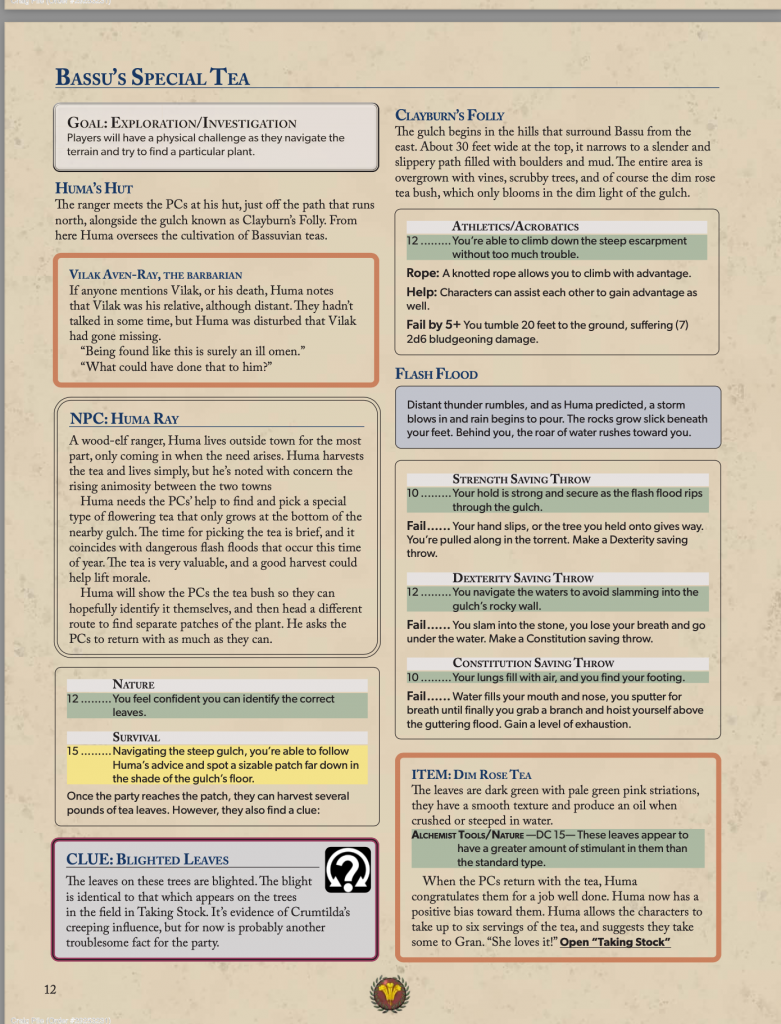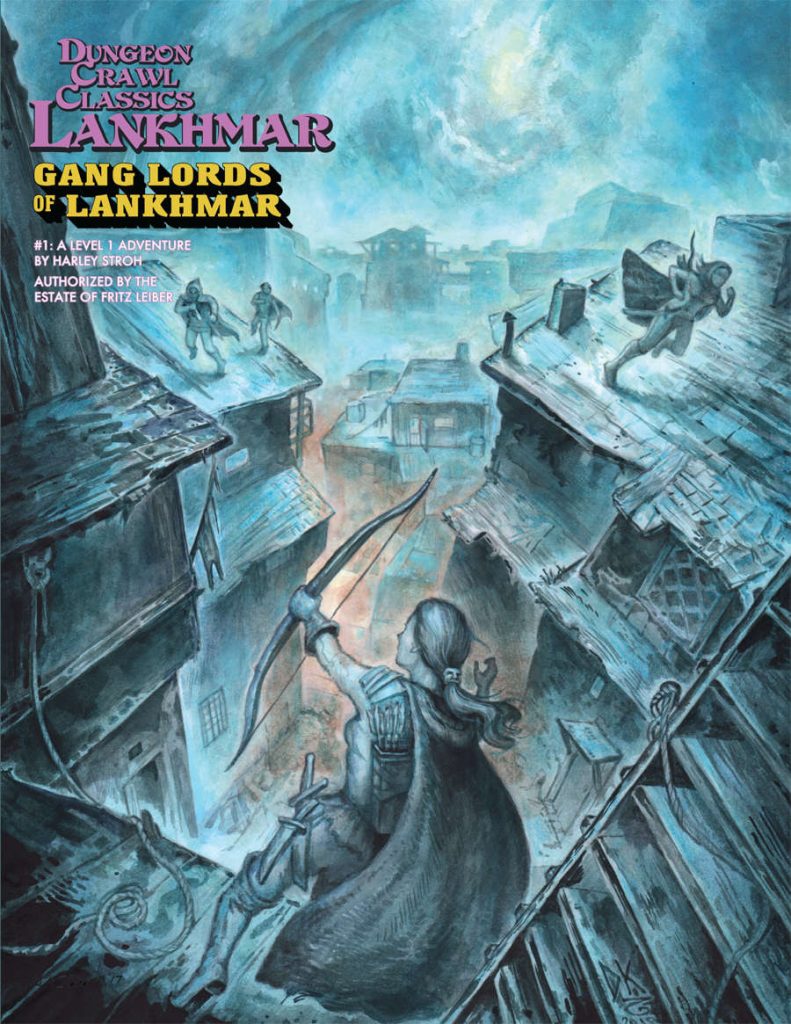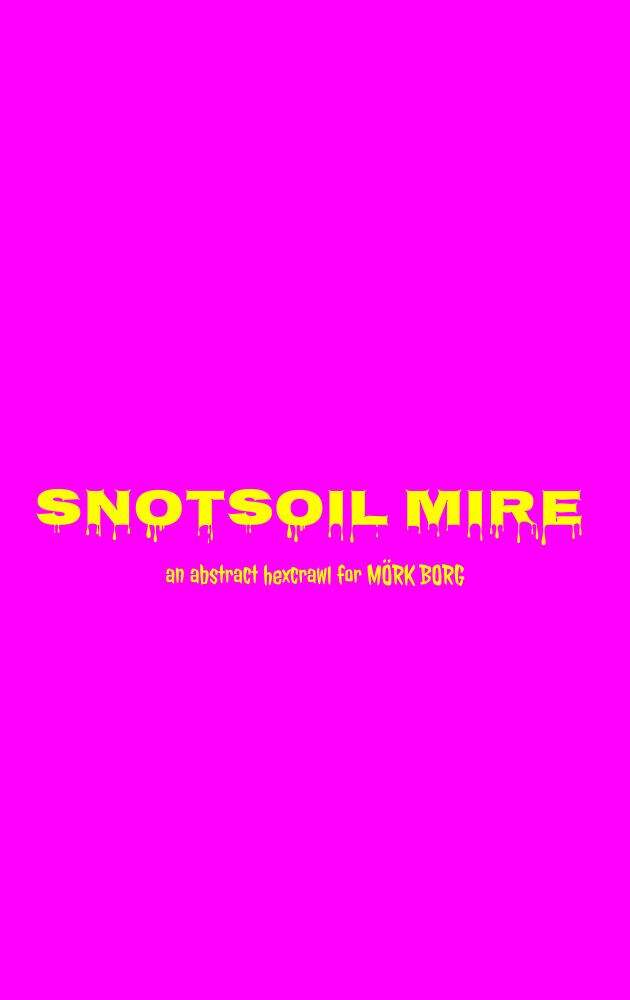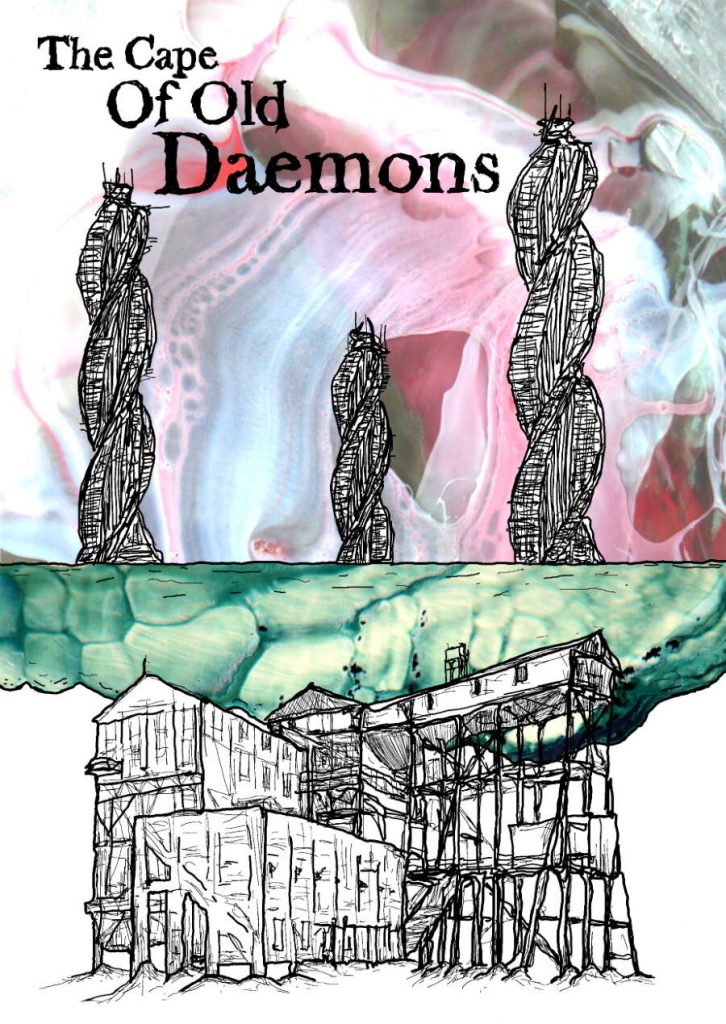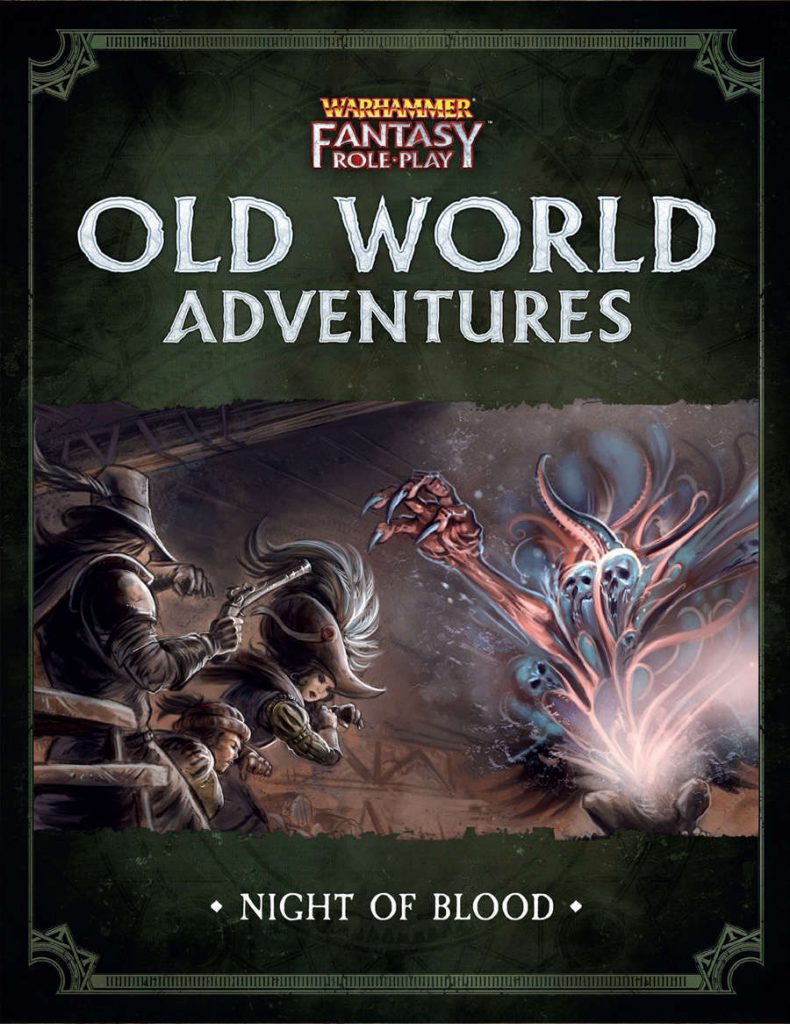
By Jonathan Snodgrass Tuesday Night Fiends Club Star Crawl/MCC/DCC Level 3
You’ve been hired to scavenge a long-forgotten robot factory and failure is not an option!
This forty page digest adventure uses about eight pages to describe about seven rooms. LONG walls of text make sure that the DM will have a hard time understanding the rooms in order to run them. A fairly low combat/high environmental danger adventure with little going for it.
My saltines sleeve had no salt on it. Life sucks. What to do? Be one of those people who return a $.79 box of crackers to the store because there wasn’t enough/any salt? Or, glumly accept that this is the way life is, devoid of joy? ARE friends electric? (You have no idea how long I’ve been waiting to make that reference. I finally caved and bought the adventure just so I could.)
So, Star Crawl, MCC, and DCC adventure. Not really any decent way for this to be DCC, but its listed none the less. SciFi is HARD, imo. Characters get planet busting gear quickly and thats hard to deal with as a DM without just nerfing them. This adventure is a fetch quest, but still, how many fetch quests can you handle in a campaign in order to keep the party from just nuking sites with their ship? Sounds like a needed scifi reference book: 101 ways to keep your scifi party from just nuking everything. Anyway, this is an automated factory, as all Gamma World/SciFi factories are, and the party is going their, as mutants or starship overlords, to find a new power core. You get one hook for MCC and a different one for Star Crawl. The STars one is more interesting, with an insanely wealthy android needing a new power core and offering to “take care” a problem the party has. This recognizes, rightly so, that complication arise in the parties life as they adventure and the party needs a way to handle that. Wishes work in fantasy, but patrons work in scifi pretty well. The MCC one is a lot less interesting: the healer bot in a village is running out of power, go to the factory in the woods to get a new one. Meh. The Star one is also like six pages long, which is excessive and no fucknig way I’m digging through all of that during the game.
Which is the problem with this adventure. Digging through the text. At one point there’s a page of text, with no paragraph breaks, that you’re gonna need to dig through to find the information about the room. And this is routine, as a six page hook would tend to indicate. AT one point there’s a kind of order of battle for robot response. Security, repair, fire bots, etc. All mixed together in one long paragraph of text. Jesus H Christ man, use a fucking bullet list or some white space or the tab key at least! Room after room you dog through in order to run it, in order to get even the most basic overview of what’s going on. Want to know what the outside of the factory is like? Ready the entire adventure and take notes to answer the inevitable question from the approaching party group.
Room with the automated sales robot. Swerve tunnel full of slimes and toxic acid waste. Assembly floor with abstracted automation hazards. Control room with computer to hack. Powerplant with nothing. Ore processing with monkey monsters and crusher/etc conveyor belt. Warehouse with the part you’re after and some robo freaks. There’s not a whole lot here
And yet, there are a couple of bright spots. Some italics is used to highlight what a creature knows, if you talk to someone, essentially bullet point formating to better separate information. At least three of the encounters have some decent ideas: one with a swarm of robot-freaks of spare parts, like crawling hands and heads on arms and the like. Another has the ability for the party to intercept a communication signal to forge some credentials for a peaceful resolution … a nice touch. And, finally, a moment of true horror, which I suspect inspired the entire adventure. On the assembly floor you watch an android getting made. You watch it comes to life. “Am I alive? Is this what it means to breathe? Hell, who are you …” and then the robots immediately vivisect it as it screams, in order to reprocess it … there is no one left to buy the robots so its an endless cycle of assembly, new life, and horrible vivisection.
A major problem with the adventure is its abstraction. It like to describe generally things. For example, the showroom just says something like “the sales bot moves along showcasing different body parts and styles while making comments.” with one exambpe of each for eyes. But that’s really all the guidance the DM gets to run this. This happens in room after room after room, just general abstracted description instead of specifics. The heavy lift of creation is on the DM, which begs the question … why buy this at all?
“On entering the showroom, the most apparent feature is its lack of features: it is stark and empty, with highly reflective black walls.” So, you mean, Stark and Empty with highly reflective black walls? At least two thirds of the contents of this are empty words. More emphasis on the adventure and less on the supporting material was sorely needed.
What do you do when there is no salt on your adventure sleeve?
This is $3 at DriveThru. There is no preview. I can haz sad. 🙁
https://www.drivethrurpg.com/product/321199/Star-Crawl-Electric-Friends?1892600

